Some years ago, I discovered the word “rewilding” and Rewilding Europe’s definition of it: “Rewilding ensures natural processes and wild species play a much more prominent role in the land- and seascapes, meaning that after initial support, nature is allowed to take better care of itself. Rewilding helps landscapes become wilder, whilst also providing opportunities for modern society to reconnect with such wilder places for the benefit of all life.” Wait a minute, I thought, it’s great that we want to help nature, but shouldn’t we humans start by rewilding ourselves first? We are increasingly influenced by “civilization” and immersed in its relentless rat race. Shouldn’t rewilding also emphasize on the recovery of the human race back to its original state?
Set the clock forward to today, and my wife and I are Rewilding Lifestyle coaches. But since rewilding is far from a frequently used word, what the hell exactly are we talking about?
This:
We are not imperfect beings that need to be fixed.
At some stage of our lives, most of us fall into the trap of believing myths such as:
- We are incomplete beings both physically, emotionally, mentally, and spiritually.
- When we have consumed every new and “better” product, t we will achieve happiness.
- Our body is visually imperfect, and we have to fix it with makeup, diets, pills, and operations.
- Our life will not make sense without the car, the house, the smart phone, the TV, etc.
- Putting on fashions that a few have decided will make us feel good, even if we look ridiculous clothed in made-made materials with little to norespect for life.
And we could go on and on.
We strive to look at the outside instead of the inside, where we already have all the innate wisdom we need.This serious error is leading us to the self-destruction that weinflict on ourselves every day.That is why, as we have said on several occasions, we like to think of rewilding as a new opportunity for the human race. The philosophy behind the word “rewilding” proposes to revise the current paradigm (the so-called human domestication) to be aware of how it conditions our life at all levels: physical, emotional and mental.
What is human domestication?
In the current paradigm, domestication is the norm, which begins from the very day of our birth by our parents and families and has been repeated from generation to generation in a virtually automated way.
Domestication comes from the word domus, which in Latin means home.Humans are nomadic by nature, with all the capacities to be autonomous and self-sufficient, as he has shown during the thousands of years he has lived on Earth.But one day man decided to settle down and eagerly began to accumulate and dominate. And not only with animals and plants but also to other human beings.This process, which began about 10,000 years ago and lasts until today, has a clear result: loss of freedom in exchange for “security.”
What have we achieved?
By moving away from our natural environment and crowding in cities, we have completely lost our sense of belonging to nature. We believe something separate from it, and we settle for going out from time to time to the field to “breathe”. But nothing changes because we keep looking for solutions in the wrong place.The solutions are within each one. The Frenchman Bougainville, captured by the Rio de la Plata Indians in 1767 and forced to live with them for more than a year, emphasized in telling his adventure that they were “lovers of laziness as of their freedom.” Vagrancy is the innate saving of movements and energy expenditure of every living being.
Our essence is wild
Human domestication makes us live on automatic and distances us from our essence, which is joy, creativity, passion, living life in fullness, and in harmony with the natural environment and with our fellow humans.In each one of us, there is a wild soul that wants to be free. Free yourself from the bonds that we have self-imposed, from social conditioning, from fulfilling the expectations of others.And, although the pressure and stress is high (family, friends, workplaces, media, consumerism), once we are aware of what is happening and take our first steps in the right direction, we become in tuned with life and there is no going back.
Rewilding Rescue
That is precisely what rewilding is: liberating our wild soul, rescuing what is free and incarnate in nature. The European rewilding movement began with the aim of reintroducing species that had been eradicated by human action, such as wolves or bears, into their natural, historical hábitat., This can reestablish the ecological balance of certain ecosystems.
But there are more and more voices that speak of human rewilding, of “reviving” the conditioned human being. As Félix Rodríguez de la Fuente says:
“Not the present Neolithic man, but the Paleolithic man, is the real man and we must fight to recover that mental architecture we had ten thousand years ago and lost when we began to tame and to be possessive and violent.”
What have we achieved to date applying this lifestyle?
We live next to a city and every day, we face the same challenges as you. Rewilding is a verb. It requires some imagination and a willingness to question and explore. What we did manage over the years was to become aware, to realize that there are other ways of living and, above all, to act accordingly, experiencing seeking not perfection but continuous improvement. One small step followed by another has already led us down the path traveled, using firsthand results.
Here are some examples of what we have achieved to date:
- Living with nature, not only on vacations to idyllic surroundings, but in any situation of daily life.
- Finally reconciling ourselveswith food and our body image, leaving behind the diets and fads, once and for all.
- Enjoying movement on a daily basis instead of understanding it as an obligation because “you should be in shape.”
- Leaving behind the dependnce on a large number of products that we thought were so necessary (food, cosmetics, hygiene, clothing, etc.).
- Living much more in the present moment, enjoying ordinary, small things.
- Drastically improving our overall health, without relying on medication.
- Significantly reducing our stress levels.
- Awakening and cultivating a creativity that neither of us knew we had.
- Increasing our level of energy and vitality without magic pills, simply by understanding the interaction between our body and the cycles of nature.
- Understanding that the lack of satisfaction does not come from the lack of material things but from disconnection with our own nature.
Our Objective
As rewilding coaches we want to:
- Share with you the steps we are taking to release our wild essence.
- Inspire you to get it too.
- Offer our help to advance faster through workshops and stages of coaching and mentoring.
What tools do we use?
To achieve the above goal, we use several tools:
- Bioenergetic and evolutionary feeding
- Natural movement
- Ancestral techniques of life in nature
- Mindset
- Self-sufficiency
#1. Bioenergetic and Evolutionary Feeding
We suggest learning how to recognize and understand the voice of your body, which knows instinctively what it needs to function optimally.
You can achieve this in three steps:
Step 1: Relearn how to value and recognise natural flavours. What plays in our favour is that the taste buds regenerate every 10 days approximately, so re-educating them is much simpler than we think.
In my case, for example, I am unable to eat processed things that I used to like because they seem completely artificial to me.
Similarly, I can not tolerate too sweet or too salty, and my palate detects a poor quality fat, for example, produced in an industrial bakery.
Step 2: Understand that food, as nature offers us, has vital energy to nourish us.
Plants are capable of storing energy in the form of biophotons. The more light they are able to store, the greater the quality and nutritional value of that food. I explain the details in the article Why Eating Light is Important.
Step 3: Once we take those first two steps, we will learn how to optimize our choices and we will opt for the foods to which we are genetically most adapted as a species.
Take into account that:
Our presence on Earth is approximately 2.5 million years. Until only 10,000 years ago, we have been hunter-gatherers. Genetics change very slowly (only 0.5% every million years), so our genes are practically the same as those of Homo sapiens. It is more than logical to think that our genetics are adapted to the diet of hunter-gatherers and that, by the way, has given him time to adapt neither to the poor diet derived from intensive farming nor much less to industrial food.
I am perfectly aware that it is no longer possible to eat as our ancestors did, but we can still make better dietary choices.
Simple is a truism. We are adapted to eat plants (roots, tubers, leaves, flowers, seeds, and fruits) and animals, as wild as ecologically possible with a minimum of processing and/pr additives.
Another important aspect on the subject of nutrition: if we consider a healthy diet that allows us to live with maximum vitality, with the absence of diseases and malformations, that diet allows us to have offspring with the same characteristics. Industrial food is creating weak and sick children (diabetes, obesity, tooth decay, and behavioral disorders … to name a few).
The real challenge lies in making that mental click that allows us to reject the industrial food and to opt for the maximum in real food.
#2. Natural movement
The human body is designed to move, but as our lives progress, we lose mobility because of an increasingly sedentary lifestyle and lack of activity. Our ancestors were strong and athletic without stepping into a gym or spending hours each day training.
Movement was necessary to survive (hunting, gathering, escaping dangers). And, in addition, it was carried out in the open air, with prolonged exposure to the elements.
Today we do not need to move to survive, and we have invented a lifestyle that does not require movement: machines that do everything for you, including transportion.
However, the body needs movement, and to satisfy that need, we have created spaces called gyms to which we go to move after the sedentary work day.
The pity is that the movements that are made in them have little to do with those of the natural movement of the human body, not to mention the toxic substances that swarm there and the lack of exposure to the elements.
Okay, yes, better that nothing, of course, but wouldn’t it be much easier to start by committing to outdoor movement every day, and on any occasion that presents itself?
I explain.
It is one thing is to exercise and quite another simply to move. It is not necessary to sweat the big drops or to get home with your tongue hanging out, considering that the movement performed has a beneficial effect. Any occasion is good for activating the lymphatic and circulatory system. I mean that we need to find moments to move throughout the day and never waste even the slightest chance. You can do this by:
- Walking or cycling.
- Climbing the stairs on foot. Not sitting on chairs but alternating on the floor with standing while you work. Floor-sitting makes us adopt many more postures than sitting in a chair.Use leisure time for activities in nature instead of wasting time in shops and malls or behind a little screen.
In addition to this, we can include this type of training:
- Run little distances with a high intensity several times a week. Perform strength exercises with your own body (squats, pushups, dominated). Relearn the characteristic movements of the human body and re-implement them with care and with the greatest possible frequency: walking, running, jumping, keeping in balance, moving on all fours, climbing, lifting and carrying weight, throwing and catching objects, and swimming.
Mastering this type of movement allows you to be efficient and effective in different circumstances. Knowing how to move on difficult terrain in the natural environment is not learned in a gym. You learn it by moving naturally.
And finally, use minimalist footwear and avoid using shoes whenever possible. Most of the shoes we use atrophy the feet. So release them and feel the different surfaces under them.
#3. Ancestral Techniques of Life in Nature
Knowing where and how to find shelter, water, food and shelter forms the basis of survival and nature provides us with all of it. We just need to find out how. We must be aware that the loss of these techniques disconnects us from our true essence and oppresses our freedom. To recover our wild nature and feel like an integral part of it, one must relearn or acquire a minimum knowledge of the following techniques.
I remember the first time that:
- I healed myself with a freshly harvested plant.
- I lit my first fire.
- I slept in a refuge made with my own hands.
- I tasted the intense taste of the wild plants that I had just collected.
- I slept in the open under a spectacular starry sky.I drank the water which I myself had found and purified, I created my first “dream cátcher.” I ate the meat of the moose that my Native friends had just hunted.I could distinguish the recent footprints of that bear that passed by. I bathed in the icy water of a lake in the absence of a shower. I heard the first howl of a wolf in the middle of the night.
After these experiences, I felt harmony, peace, balance, respect, fullness, gratitude, freedom, but, above all, belonging to something much more immense than our own smallness.
Reapplying all these techniques that we already carry inside, you will discover that you have abilities that you did not know. You will become more autonomous and you will recover your self-confidence. It is a nice way to get out of your comfort zone and realize what is truly essential in life. By the way, it is another great way to effectively take our children and ourselves out of technology.
#4. Mindset
Rewilding is a mentality that comes from inner change.
As we mentioned above, our wild essence is not fear, apathy or disease, but quite the opposite: joy, creativity, passion, living life in fullness and in harmony with the natural environment and the people around us.
To get there it is necessary to start from personal responsibility. That is, to change our mentality and attitude towards life, it is essential to give up:
- Automatism,
- The attitude of “because it has always been so.”
- Blaming others
- Perpetually complaining without constructive action.
That is the only way to improve the world. No one can save the planet without taking care of hi mor herself first.
#5. Self-sufficiency
It is nor a tool, but we have added this category because it is one of our dreams. Self-sufficiency is freedom. Human beings have been free and self-sufficient for thousands of years but, as I said above, one day we decided to exchange freedom for security. We put our lives in the hands of the state, corporations, banks, doctors, pharmacies and supermarkets, and we forgot everything that made us free for so many years.
We’d like to share with you our progress in this area, however modest it may be, and to exchange opinions with others who also travel that way. In my case, every small step that I have taken sparks deep emotion:
- Making a shampoo with the ivy of the forest.
- Eating a salad with the grasses I just picked.
- Curing an open wound with resin.
- Relieving my headache with mint.
- Going to the spring for wáter.
- Making yogurt, mayonnaise, cheese, and oat milk by scratch, directly from the source.
- Not buying something because either I do not need it anymore or because I am now able to make it myself.
- Earning my first Euros autonomously, for mywork and my dream instead of working for someone else’s dream.
- …
These steps may seem tiny and ridiculous to people who are much more advanced in this matter, but, as I have already said throughout this article: it is better to act small and be imperfect than to sit idly looking at infinity without moving on.
Rewilding and progress
In no case do we talk about going back to the cave or the jungle, or abandoning civilization forever, since rewilding is a mentality that comes from inner change.
Combining nature, urban landscapes and progress is entirely possible. Look at all those wild animals that live in cities: squirrels, birds, martens, bats and even foxes.
Let us learn and put into practice, as far as possible, what worked in pre-agrarian societies, where man was still free instead of trying to solve everything with machines and medicines.
Each of us is responsible for finding our own measure and balance.
Conclusion
Rewilding is, in short, understanding (or re-understanding) nature and carrying out a deep exercise of self-knowledge, without judging or blaming. No one is guilty of anything.
But, above all, each one of us needs to take responsibility for transforming ourselves. Only from there will we be able to improve the world.
It’s Your Turn
Your opinion is very important to us, so, please, tell us!
Do you think it is possible and necessary to revive human beings?
Have you taken any steps in this direction already?
Sharing experiences and learning is vital so that we can build that world that we so long for.
Thank you for your contributions.
A big hug!
Bert

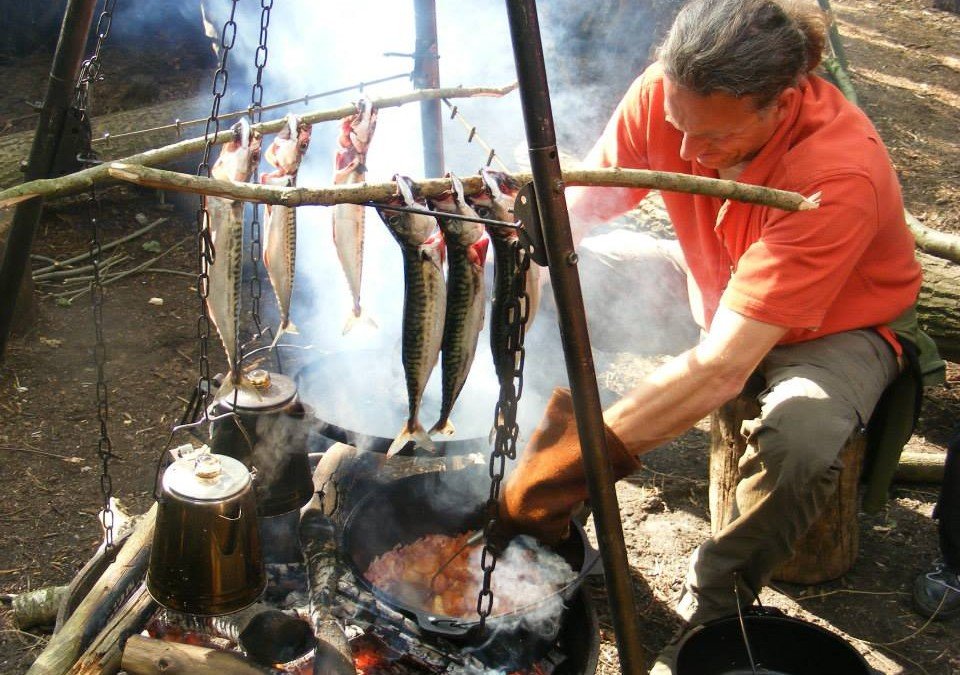
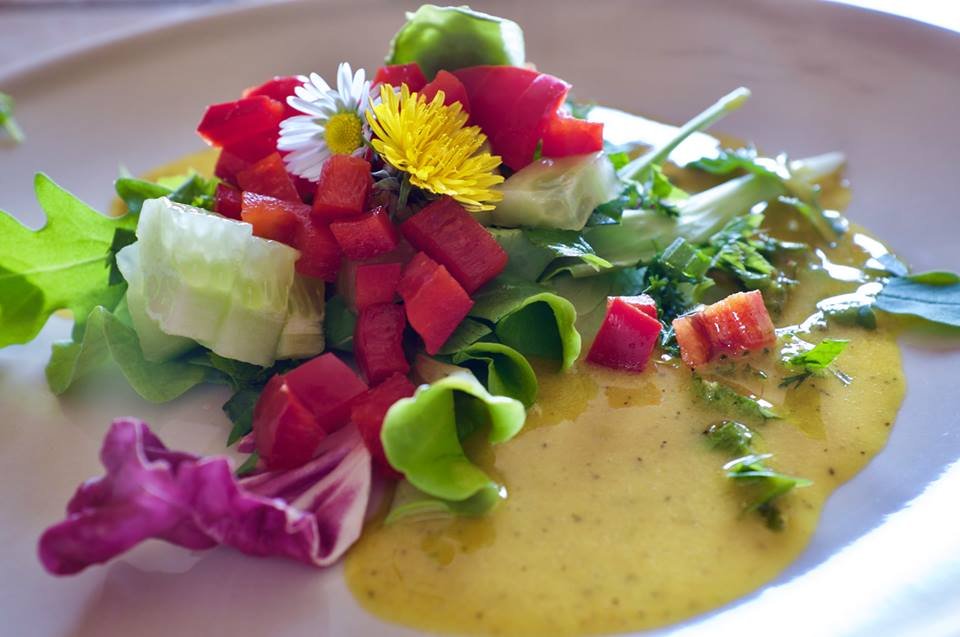
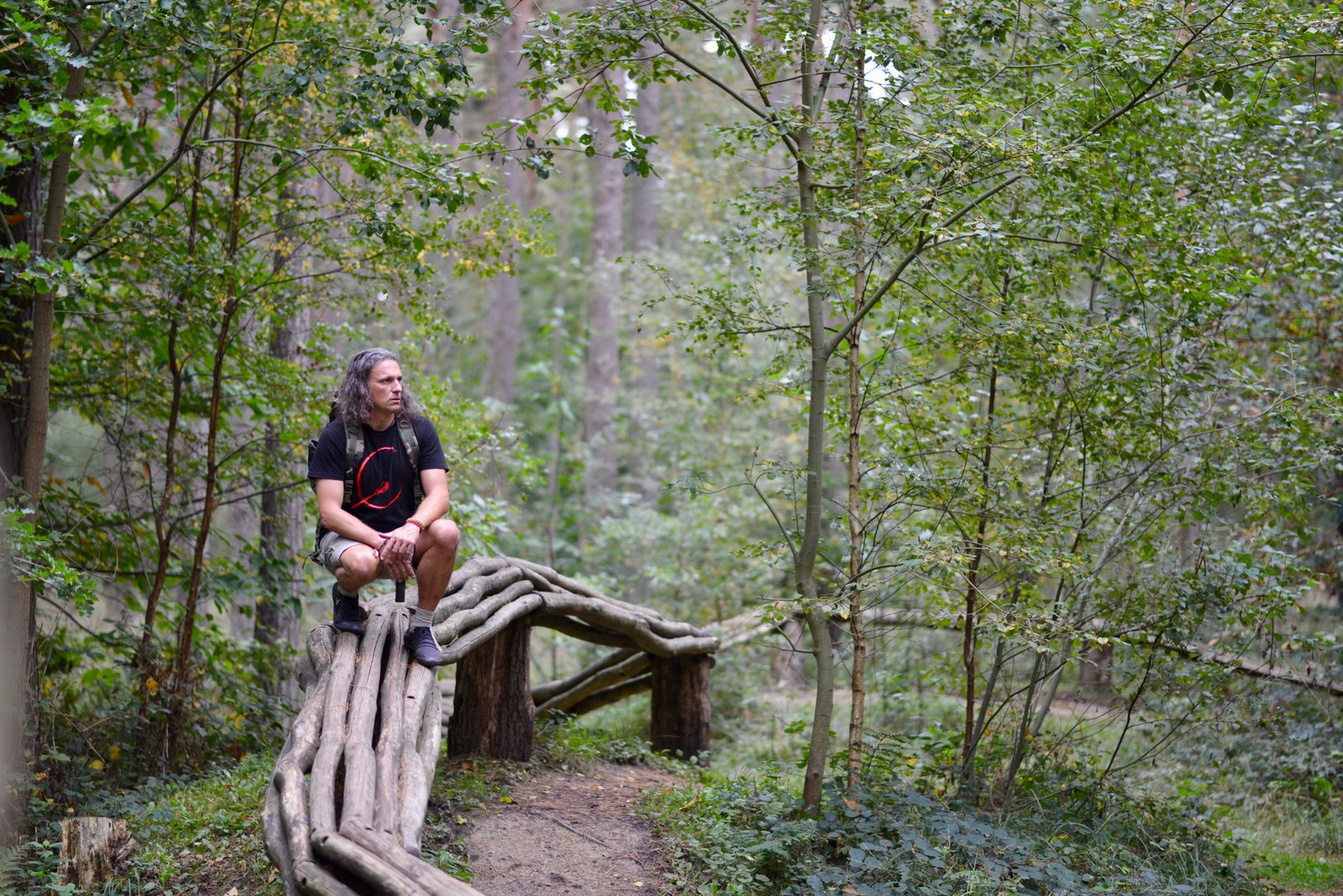
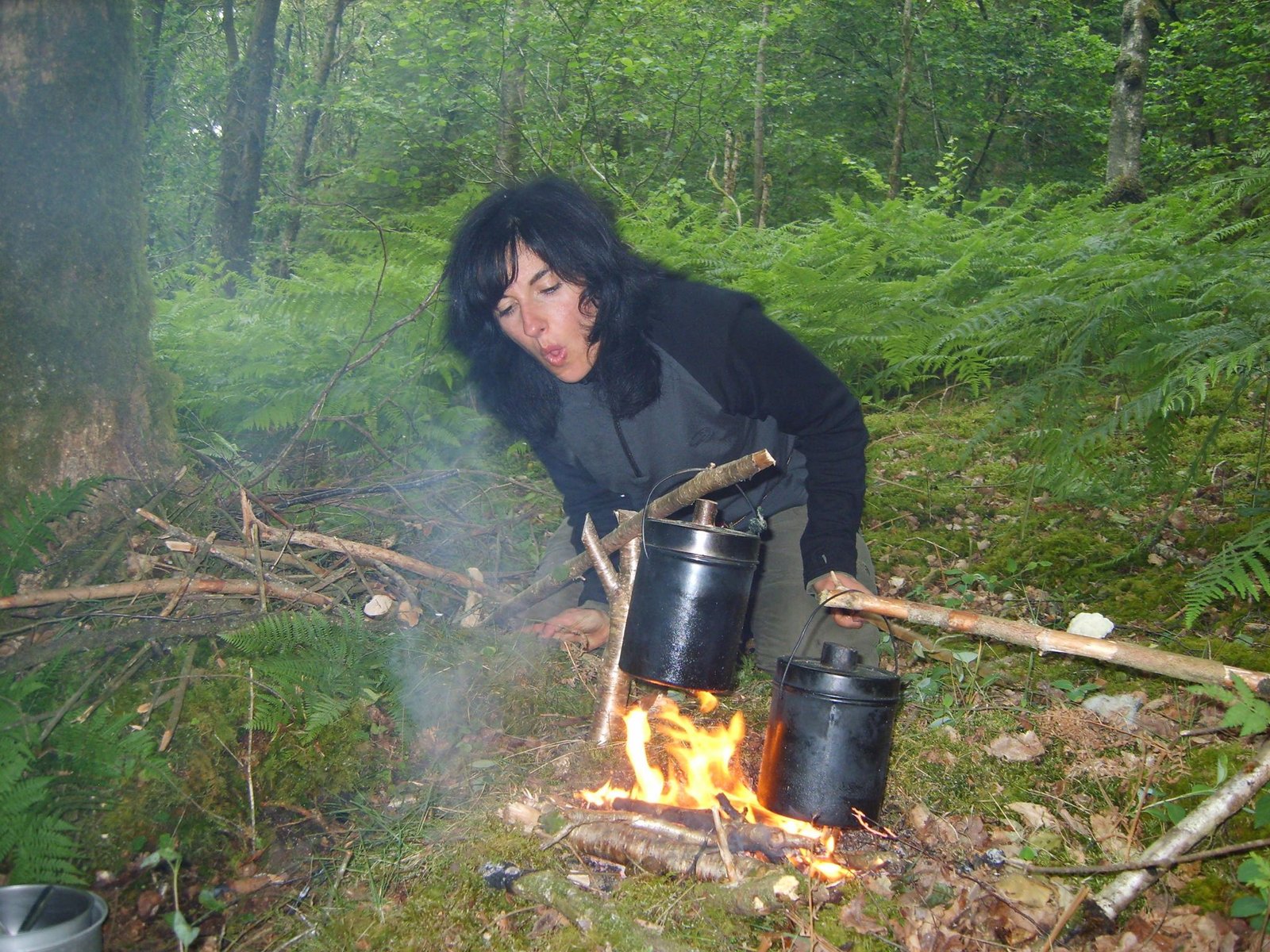
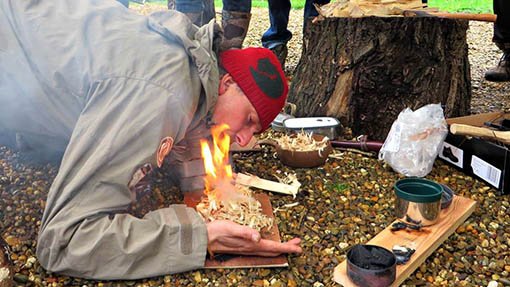
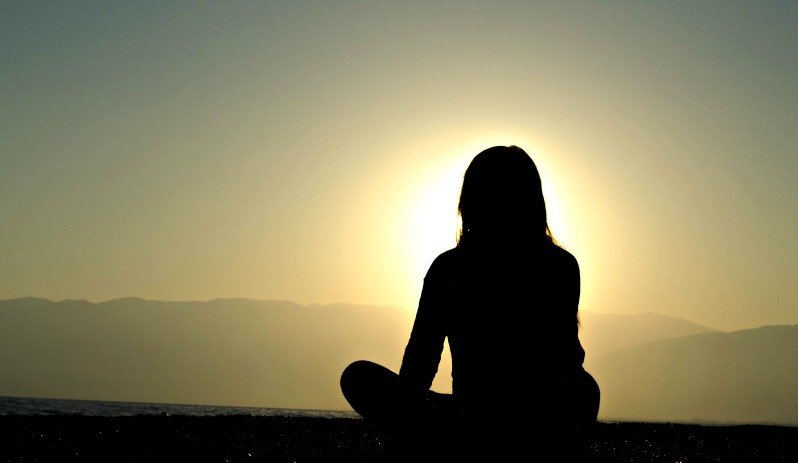
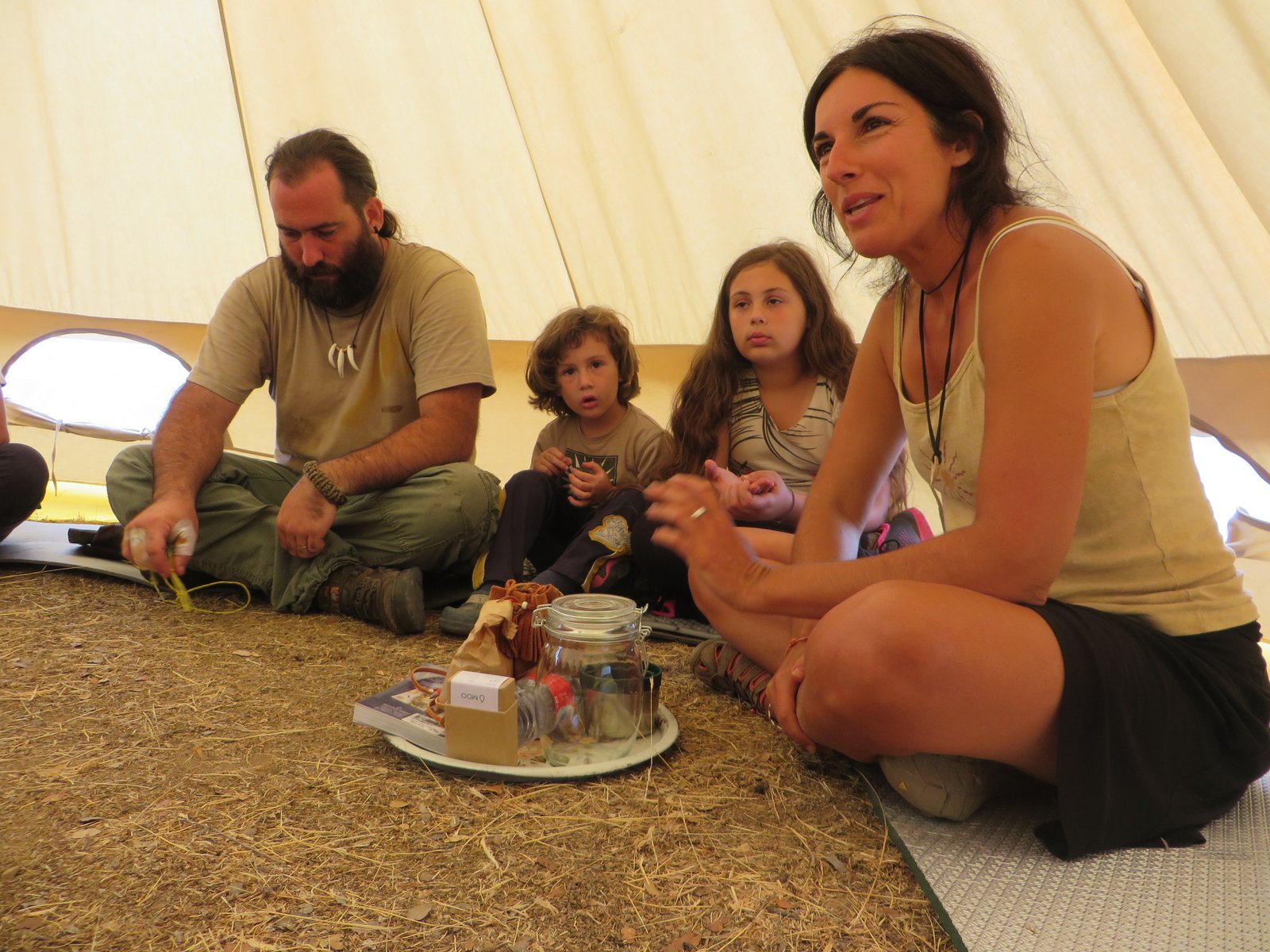
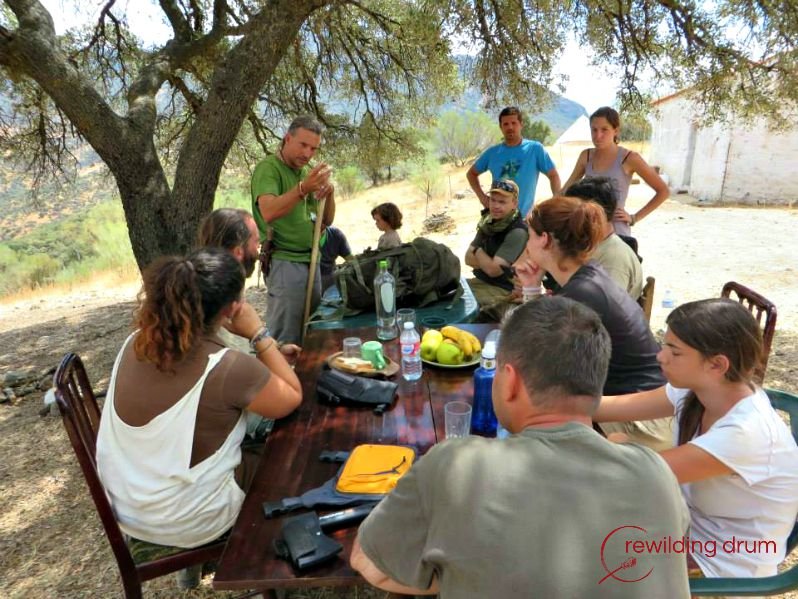
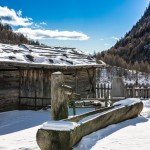
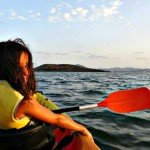
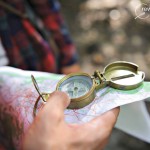
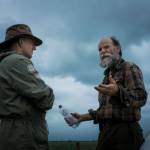

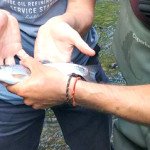
Recent comments